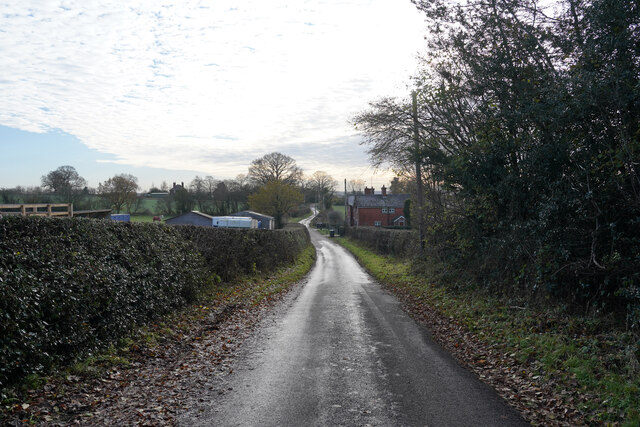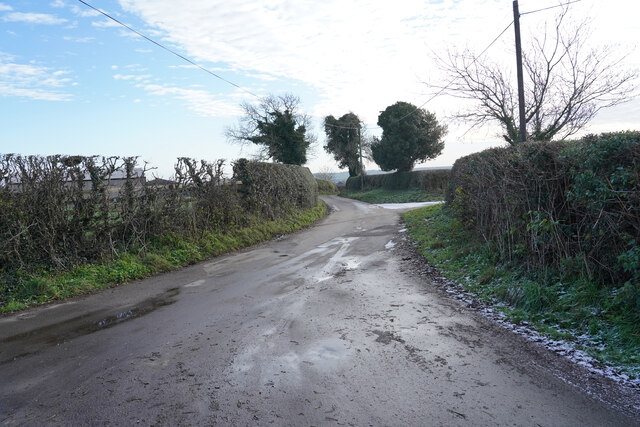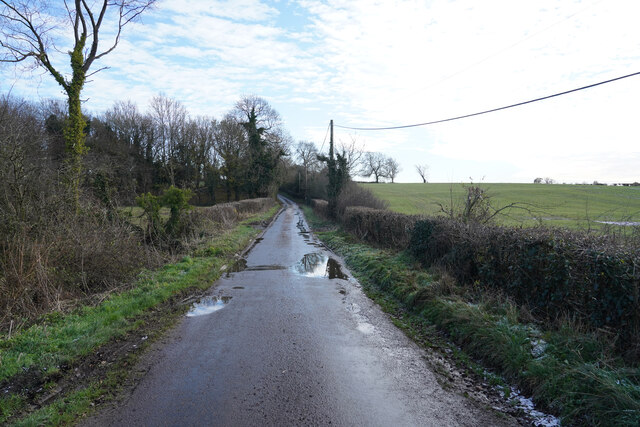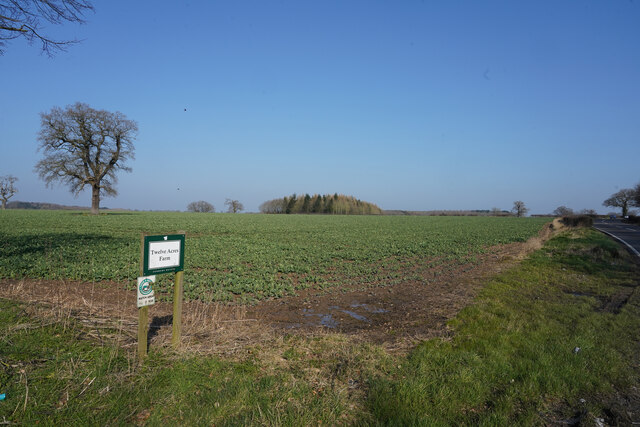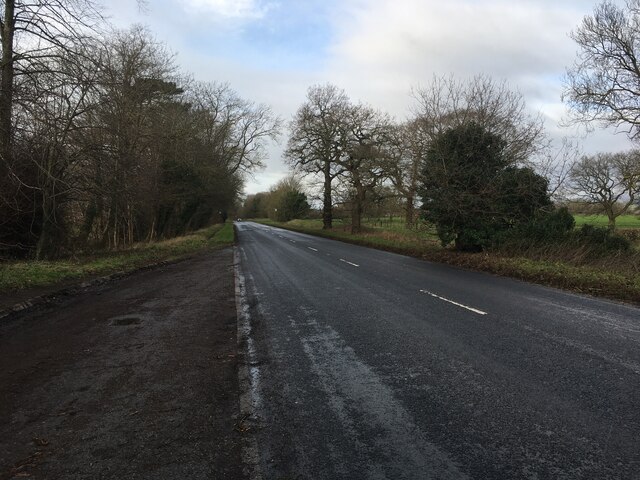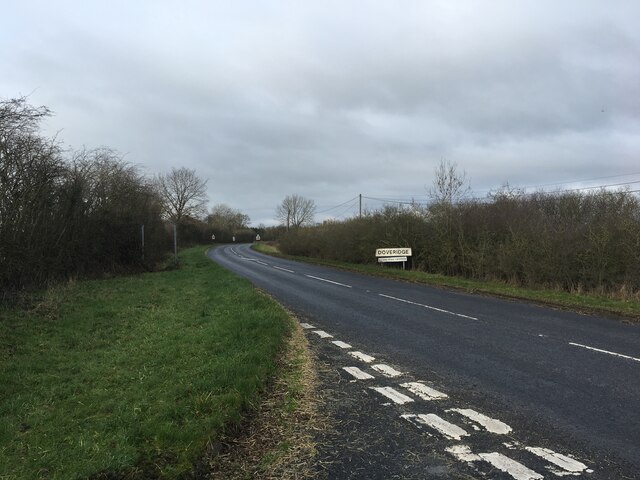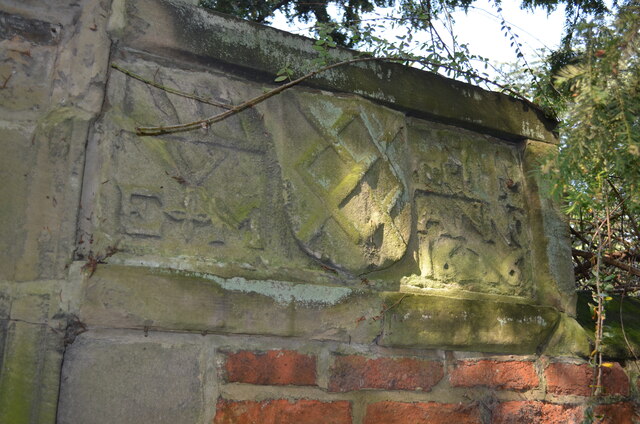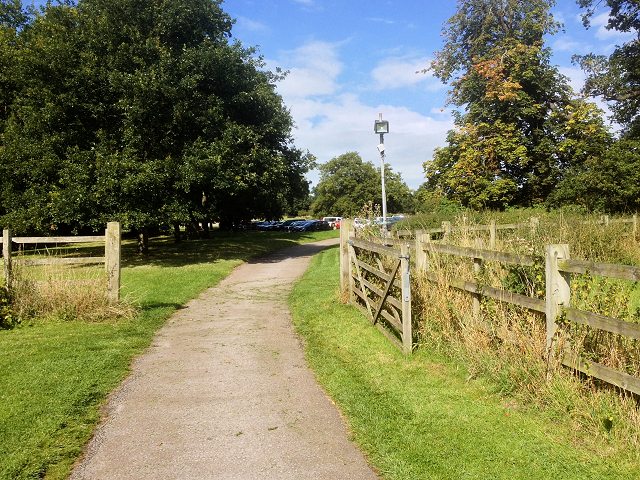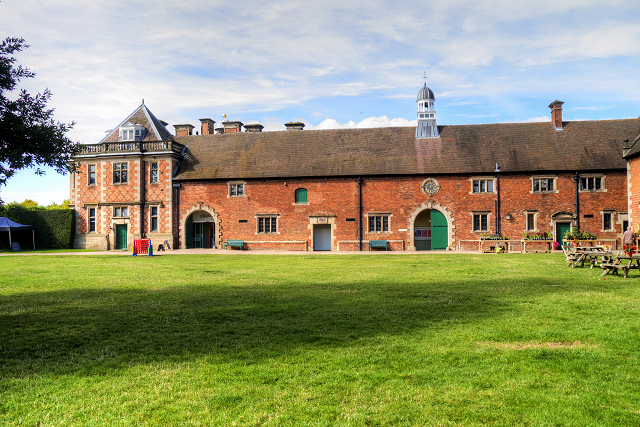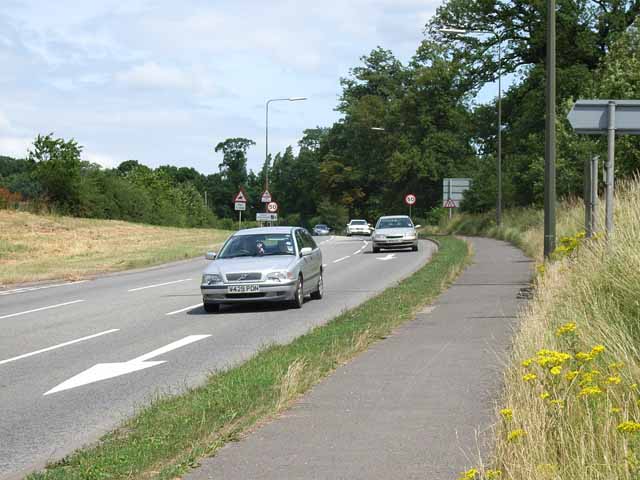West Broughton
Settlement in Derbyshire Derbyshire Dales
England
West Broughton
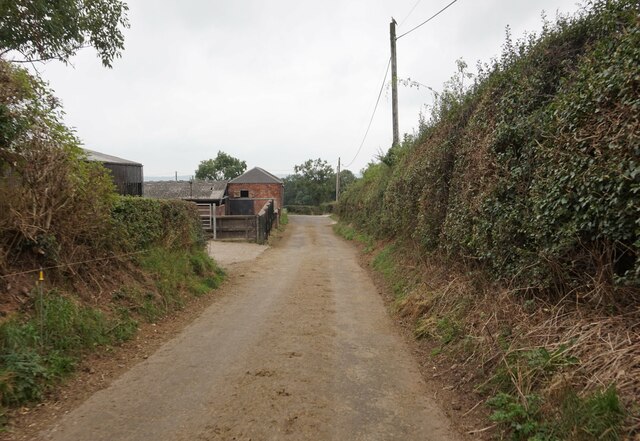
West Broughton is a small village located in the Derbyshire Dales district of Derbyshire, England. Situated approximately 10 miles southwest of the city of Derby, the village is nestled in a picturesque rural setting surrounded by rolling hills and farmlands.
With a population of around 300 residents, West Broughton retains a close-knit community atmosphere. The village is primarily residential, consisting of charming stone cottages and houses, many of which date back several centuries. The local architecture showcases the area's rich heritage and traditional English countryside aesthetic.
Despite its small size, West Broughton offers several amenities to its residents. These include a village hall, a primary school, and a local pub, which serves as a hub for social gatherings and community events. The village hall hosts various activities and clubs, providing opportunities for residents to engage in recreational and social pursuits.
The surrounding countryside offers ample opportunities for outdoor activities, with numerous walking and cycling routes in the vicinity. The nearby Peak District National Park, a short drive away, provides further options for outdoor enthusiasts, with its stunning landscapes and extensive network of trails.
Transportation links in West Broughton are limited, with no railway station in the immediate vicinity. However, the village is well-connected by road, with easy access to major routes such as the A50 and A52, providing convenient connections to nearby towns and cities.
Overall, West Broughton offers a peaceful and idyllic lifestyle, characterized by its scenic beauty, tight-knit community, and proximity to the natural wonders of the Derbyshire countryside.
If you have any feedback on the listing, please let us know in the comments section below.
West Broughton Images
Images are sourced within 2km of 52.895473/-1.7881686 or Grid Reference SK1433. Thanks to Geograph Open Source API. All images are credited.


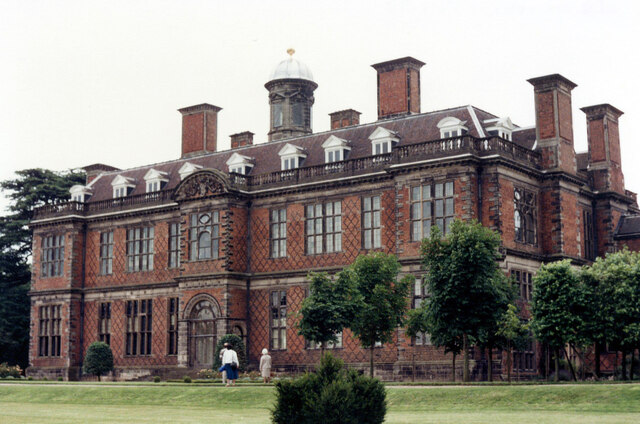
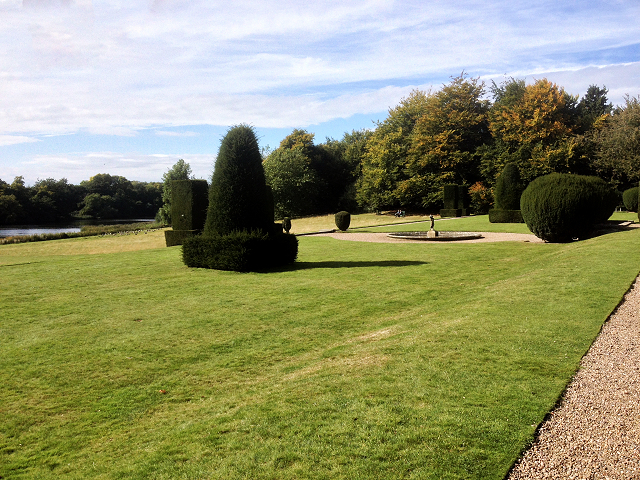
West Broughton is located at Grid Ref: SK1433 (Lat: 52.895473, Lng: -1.7881686)
Administrative County: Derbyshire
District: Derbyshire Dales
Police Authority: Derbyshire
What 3 Words
///faced.scouting.chosen. Near Doveridge, Derbyshire
Nearby Locations
Related Wikis
M64 motorway
The United Kingdom's M64 motorway was planned during the 1970s to link the M6 at Stoke-on-Trent with the M1 near Castle Donington, by way of Uttoxeter...
Brocksford Hall
Brocksford Hall is a country house about one mile (1.6 km) east of Doveridge village, in the south west corner of Derbyshire, England. It is recorded...
Oaks Green
Oaks Green is a village in Derbyshire, England. It is in the civil parish of Doveridge. == External links == Media related to Oaks Green at Wikimedia...
HM Prison Sudbury
HM Prison Sudbury is a Category D men's prison, located in the village of Sudbury in Derbyshire, England. The prison is operated by His Majesty's Prison...
Nearby Amenities
Located within 500m of 52.895473,-1.7881686Have you been to West Broughton?
Leave your review of West Broughton below (or comments, questions and feedback).

